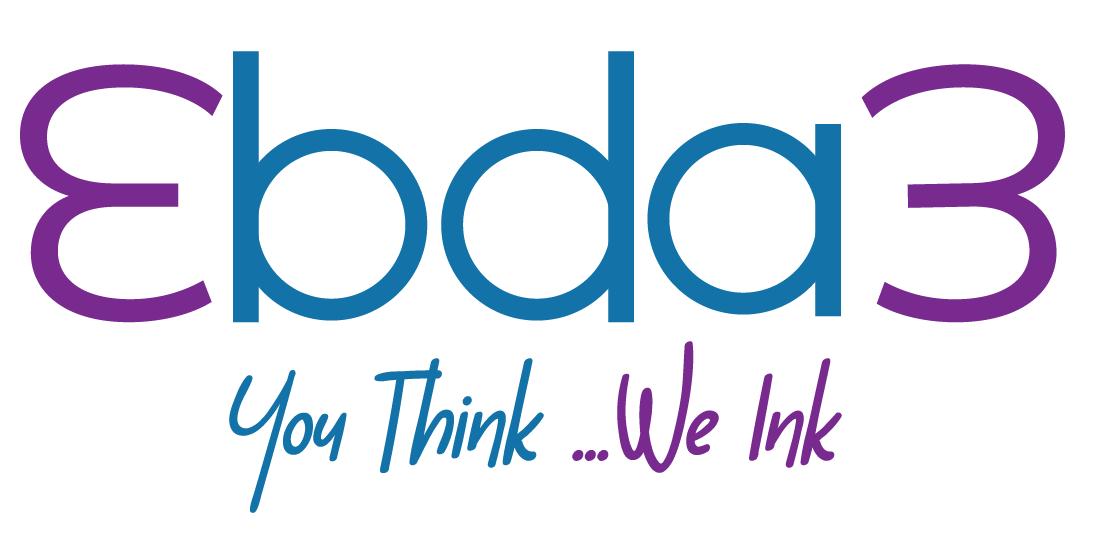8 Tips for Conducting Content Audits and Strategy Reviews

Introduction:
In today’s digital landscape, content plays a crucial role in attracting and engaging audiences. To ensure your content remains effective and aligned with your goals, conducting regular content audits and strategy reviews is essential. These processes help you evaluate your existing content, identify areas for improvement, and develop a roadmap for future content creation. In this blog post, we’ll provide you with eight valuable tips to help you conduct successful content audits and strategy reviews. Let’s dive in!
Define Your Goals and Objectives:
Before starting any content audit or strategy review, clearly define your goals and objectives. Are you aiming to improve SEO performance, increase conversions, or enhance user engagement? Understanding your desired outcomes will guide the entire process, ensuring you focus on the right aspects of your content.
Create a Comprehensive Inventory:
Begin your content audit by creating a comprehensive inventory of all your existing content assets. This includes blog posts, webpages, videos, images, and any other content types you have. Use tools like content management systems or spreadsheets to organize and categorize your content effectively.
Assess Performance Metrics:
Evaluate the performance metrics of your content, such as page views, bounce rates, time on page, and social media shares. Analyzing these metrics will help you identify the high-performing content pieces and those that need improvement. Look for patterns and trends to gain insights into your audience’s preferences and interests.
Evaluate Content Quality:
Assess the quality of your content by considering factors such as relevance, accuracy, clarity, and engagement. Identify content that may be outdated, redundant, or no longer aligns with your brand’s messaging. By removing or updating such content, you can ensure your website delivers a consistent and valuable experience to your visitors.
Conduct a Competitor Analysis:
Analyze your competitors’ content strategies to gain inspiration and insights. Identify content gaps or opportunities that your competitors may have missed. This analysis will help you understand the competitive landscape and improve your own content strategy accordingly.
Engage with Your Audience:
Seek feedback from your audience through surveys, comments, or social media interactions. This direct engagement can provide valuable insights into what your audience finds valuable and what they would like to see more of. Incorporate this feedback into your content strategy to enhance its relevance and appeal.
Develop a Content Roadmap:
Based on the findings from your content audit and strategy review, create a content roadmap that outlines your future content creation plans. Prioritize the areas that require improvement, identify new content themes, and establish a schedule for content creation and publication. A well-defined roadmap will keep your content strategy focused and aligned with your business objectives.
Monitor and Iterate:
Remember that content audits and strategy reviews are ongoing processes. Continuously monitor the performance of your content and adapt your strategy accordingly. Regularly update and refine your content roadmap based on new insights, changing trends, and evolving audience preferences. By embracing a continuous improvement mindset, you can ensure your content remains relevant and effective over time.
Conclusion:
Conducting content audits and strategy reviews is vital to maintain a strong online presence and engage your target audience effectively. By following these eight tips, you’ll be well-equipped to evaluate your existing content, identify areas for improvement, and develop a roadmap for future success. Remember, consistency and adaptation are key to staying ahead in the ever-evolving digital landscape. Good luck with your content audit and strategy review journey!
Learn more about: Content Audits and Strategy Reviews





